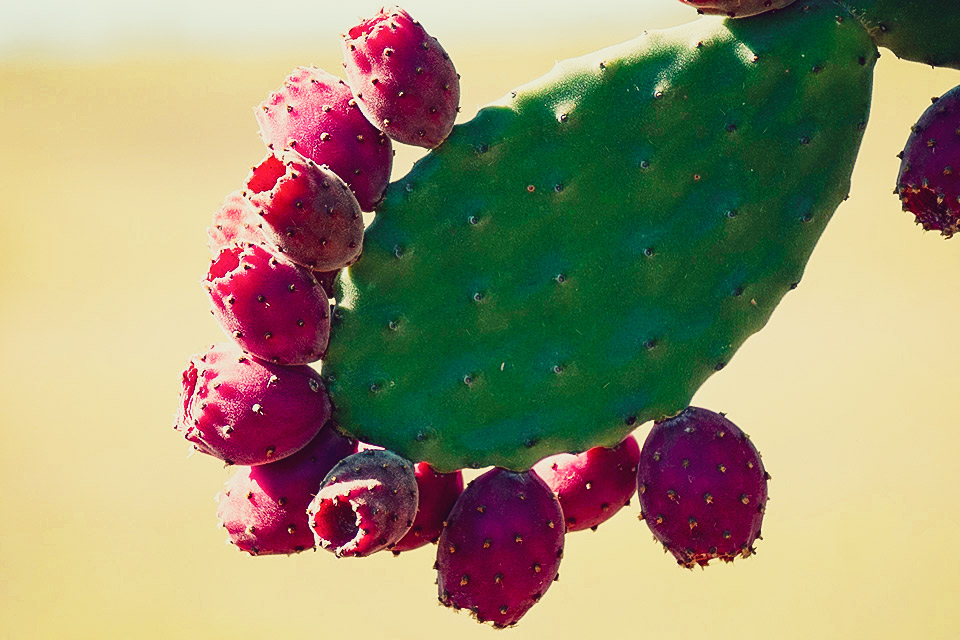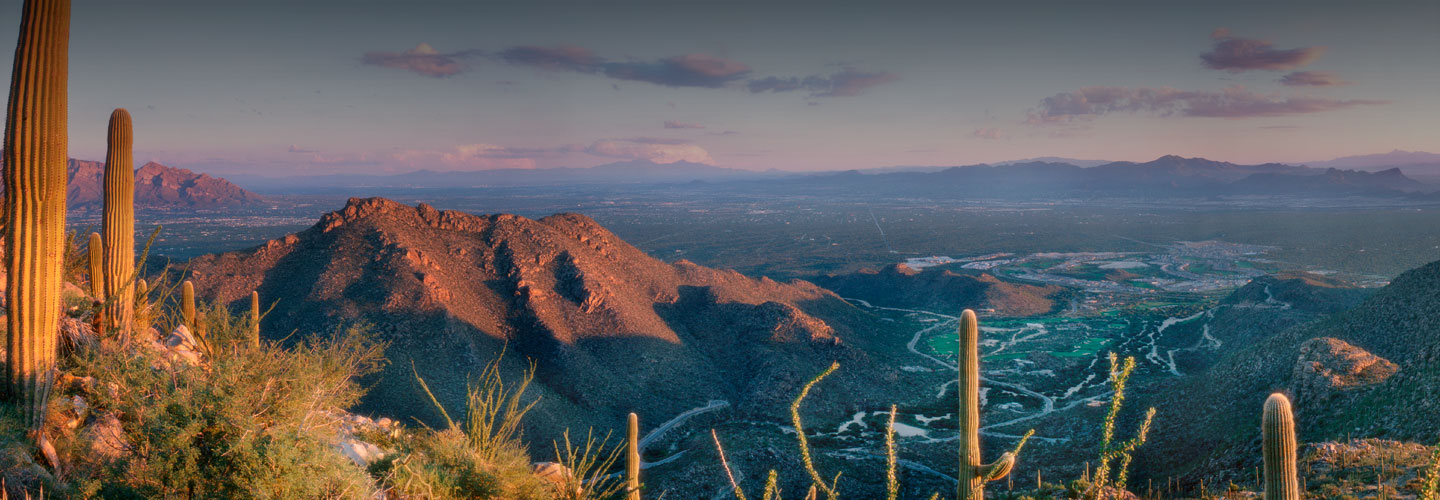
Delicious Desert Recipes, 4,000 Years in the Making
Desert Gastronomy
If you are a foodie, you delight in telling friends and visitors that we were the first city in the nation to be designated a United Nations Education, Scientific and Cultural Organization (UNESCO) City of Gastronomy. One reason is that we treasure and celebrate Native American and Mexican culinary traditions dating back thousands of years.
Examples of unique native ingredients include nopales, cholla buds, agave, and chiltepins.
Nopales (prickly pear catcus pads)
Nopales is a Spanish term for “cactus stem,” and nopalitos refers to the pads once they are cut up and prepared for eating. Nopales are harvested carefully from prickly pear cactus and then grilled and/or boiled until tender. They can be enjoyed sliced into strips and tossed with a lime juice and olive oil. Nopales are added to eggs, soups, chilies and tortilla fillings and have a texture similar to okra and a tart, slightly citrusy taste.
Cholla Buds (delicious and nutritious)
For thousands of years Sonoran Desert dwellers have harvested the April flower buds of the wickedly spiny cholla cactus. The flower buds are said to taste like a combination of artichoke heart and asparagus with hints of lemon.
The Tohono O’odham tribe would dry and store buds for year-round meals. And it’s no wonder. Apparently, two tablespoons worth of Cholla buds contain as much calcium as a glass of milk.
An Ode to Agave
Agave, also known as the “Century Plant,” is distilled to produce mescals and tequila, and tequila is a proprietary mescal produced mainly in the Jalisco Highlands of central western Mexico using a native blue agave. Tequila was introduced to Americans in 1893 at the Chicago World’s Fair and today is the most popular distilled liquor in the world.
In addition to mescals, agave flowers and stalks can be boiled or roasted and are said to taste like molasses. The flower nectar has been used to make sauces and sugar. How sweet it is.
Chiltepin (the mother of all peppers)
In southern Arizona, you’ll find chiltepin pepper-infused coffee drinks, soups, stews and more. The Chiltepin pepper is a wild, tiny, round chili pepper that has a smoky, spicy taste. It is sometimes referred to as “the mother of all peppers” or “bird peppers” because they are eaten and spread by wild birds. Chiltepin has a rich history in the Native American culture and remains highly significant today in the Sonoran region.
Foraging Requires Training, Tools and Patience
Unless you’ve received training and have the right tools, foraging for goodies in the desert is not advised. To learn more, check out “Southwest Foraging: 117 Wild and Flavorful Edibles from Barrel Cactus to Wild Oregano,” by John Slattery of the Center for Regional Food Studies at the University of Arizona.
